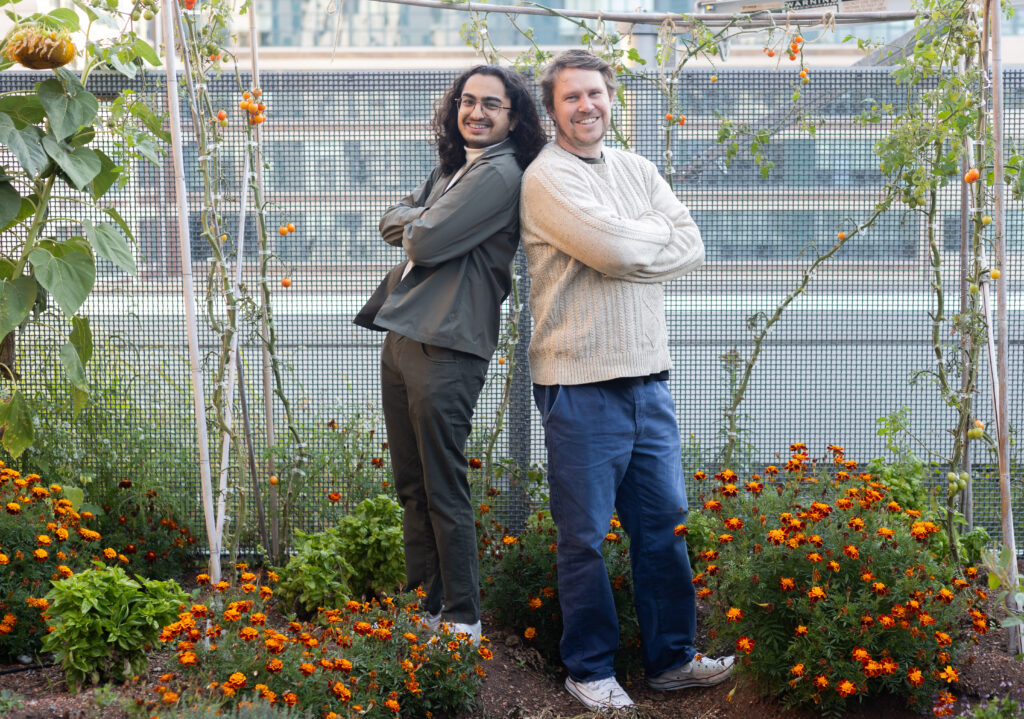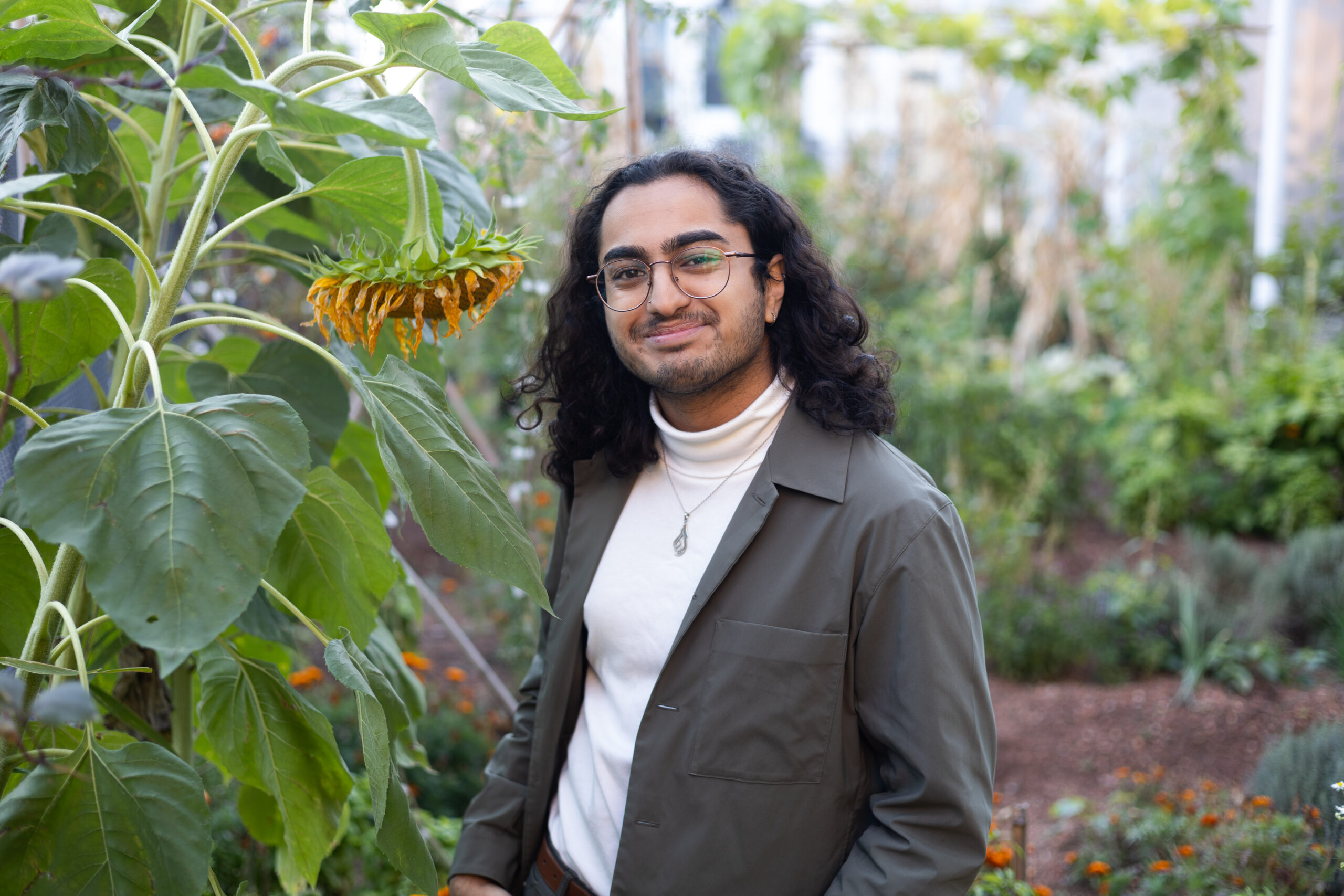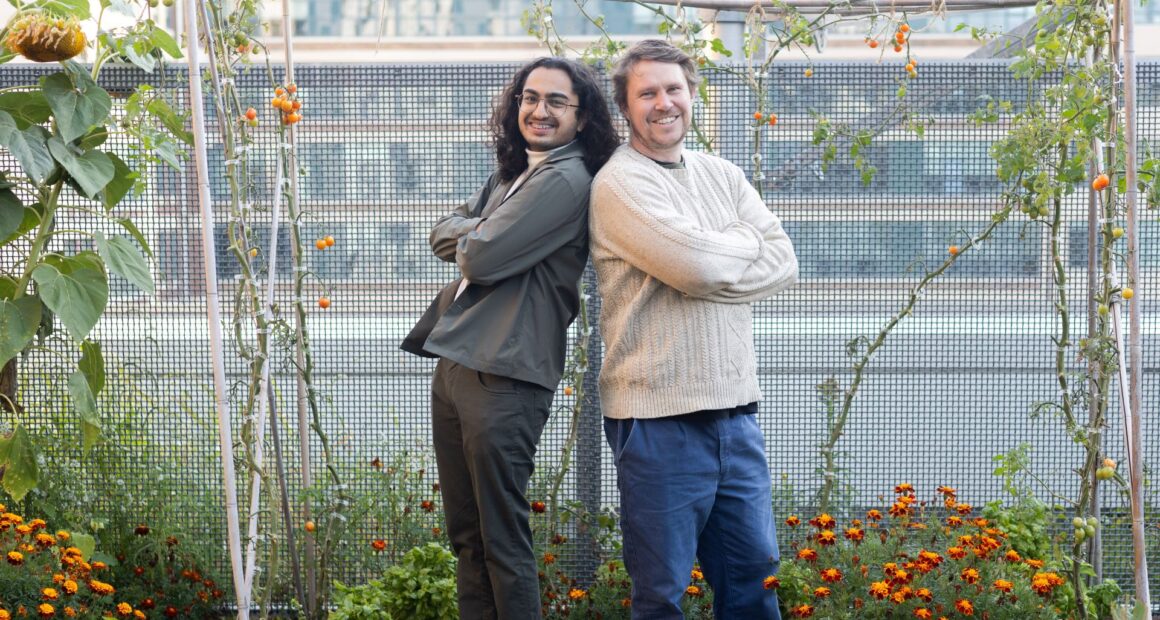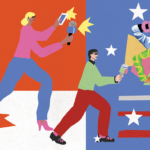Just like journalists, some content creators conduct interviews and explain news—with greater success online

Aliyaan Amlani-Kurji has you covered if you’ve got a craving. His fascination with the kitchen and everything delicious led Kurji to showcase his culinary progress on Instagram during the COVID-19 pandemic, where he developed a newfound appreciation for social media. “I started connecting with people, bloggers, influencers, and chefs from all around the world,” he says.
What began with sharing home-cooked recipes evolved into spotlighting local eateries. Kurji is now working on producing a television series called Nourished, tracing Canadian produce from soil to plate. By using social media to develop his following and work toward his GoFundMe goal, Kurji is taking on the role of a food television host—online.
From the comfort of a smartphone screen, content creators are effectively translating journalistic techniques to online spaces, such as storytelling, streeter interviews, and news reporting.
“Could you name a Canadian for me?” Moose Bendago, a content creator that commonly hosts streeter interviews, calls out to strangers walking through Gould Street in Toronto. The pedestrians respond with big names at first: Terry Fox, Drake, and Justin Bieber—all until a person named Alex Gunn answers Bendago, hesitantly mentions themselves. It resonates with the ordinary person scrolling through their algorithm. “Alex Gunn, our queen,” comments 7-Eleven’s account, with thousands in agreement.
“I’ve always done [streeter] interviews,” Bendago says, a skill he has used to gain over 300,000 followers on TikTok, the app that thrives on short videos.
By emphasizing his upbeat personality, Bendago engages with interviewees through questions that could be answered by just about anyone. The informality, in combination with ordinary people, is authentic and relatable. The most popular videos feature general knowledge trivia, personal stories, and opinions that satisfy the curiosity of users who scroll through social media.
The daily routine of Bashair Ali, another common creator on Gould Street, is unpredictable. Currently working with blogTO, Ali is known to report a wide range of news on TikTok by using greenscreen to inform the public swiftly. “No more than a 30-second video explaining what’s going on,” she says. Anything from Costco’s September yogurt recalls to speaking about venomous animals, most topics are appropriate to report on TikTok. “Anything to pique Torontonian interest,” Ali adds.
Although someone seeking information about the recall of Kirkland yogurt could find a detailed report on CBC, “not everyone wants to read articles,” Ali admits. Attention spans among Gen Z and frequent social media users are lower than ever, according to psychologists. Paywall-free access at your fingertips provides easily digestible news with one tap.

Modern social media content creation serves interest, information and entertainment in ways that challenge traditional journalism while being rooted in its historical practices. Content creation incorporates storytelling, curiosity, and creativity to achieve the same goals as journalists while meeting tight deadlines in the same way.
But though compelling content creation raises genuine concerns regarding engagement towards lifestyle and entertainment journalism, there remain areas of reporting done by traditional journalism that informal content creation may not be able to match.
Paul Moore, a sociology professor at Toronto Metropolitan University who has studied the history of news consumption, believes news outlets have little to worry about. He argues that the creation of social media content cannot rival traditional journalism. “It’s not even a form of infotainment or advertorial,” Moore says. “It’s just time-wasting, like almost everything else on social media.”
In contrast, Bill Gates anticipated significant change and societal competition in popular content almost three decades ago. He looked beyond the discourse of news and considered games, entertainment, sports, and online communities with specific interests. The singular transition from print to online is not sufficient, Gates argued. “They need to have audio, and possibly video,” he wrote in his Content is King essay. “They need an opportunity for personal involvement that goes far beyond that offered through the letters-to-the-editor pages of print magazines.”
Considering the current state of print, where audiences are mostly declining, it appears that Gates’s predictions have come true to some extent. Many people today prefer to watch and listen to entertaining and informative content. However, Moore raises the point, “I don’t think it’s a threat to news outlets,” he says. “Nobody’s confusing it with real news.”
About the author
Neda Madany is in her final year of the Bachelor of Journalism program at TMU, where she is also completing a minor in Fashion Studies. Interested in fashion and art storytelling, Neda is currently Co-Director of Podcasts at StyleCircle and a writer for HUES and Her Campus in Toronto.






